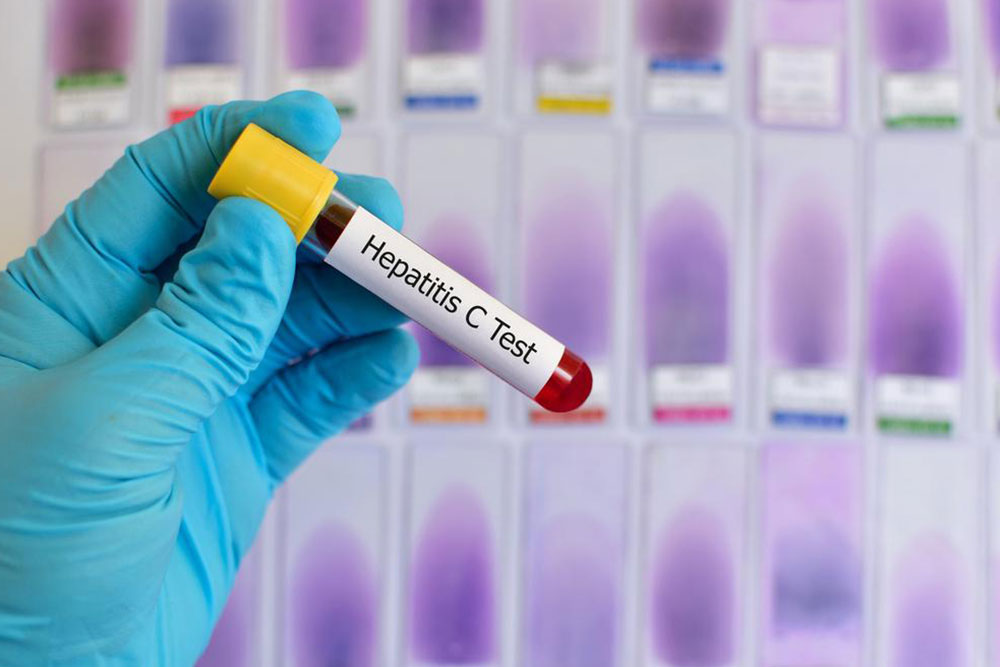Recognizing Early Symptoms of Lupus for Timely Intervention
This article highlights the early signs of lupus, an autoimmune disease with a wide range of symptoms affecting multiple organs. Recognizing symptoms like skin rashes, joint pain, kidney issues, and fatigue can lead to early diagnosis and better management. Understanding these indicators helps individuals seek prompt medical advice, improving outcomes and quality of life. Early detection is vital in preventing long-term damage associated with lupus and ensuring timely treatment.

Recognizing Early Symptoms of Lupus for Timely Intervention
Lupus, officially known as systemic lupus erythematosus (SLE), is an autoimmune disorder where the immune system mistakenly attacks healthy cells throughout the body. This leads to inflammation and damage to various organs including joints, skin, kidneys, heart, lungs, and the brain.
The condition presents differently in each individual, with symptoms that fluctuate over time. Because of this variability, diagnosis can often take years. Early detection is crucial for effective management.
Most early signs of lupus appear during adolescence to early 30s. Given that symptoms are similar to other illnesses, a proper diagnosis requires careful evaluation. Paying attention to warning signs can help in early intervention.
Key early indicators include:
Pulmonary complications
Lung inflammation may be an early sign, causing chest pain during breath and possible swelling in lung blood vessels, known as pleuritis. If untreated, it can reduce lung capacity and weaken diaphragmatic muscles visible on scans.
Kidney issues
Lupus can lead to nephritis, impairing waste filtration. Symptoms include high blood pressure, dark or blood-tinged urine, and swelling. Early detection is vital to prevent kidney failure.
Thyroid dysfunction
Lupus may disrupt thyroid hormone production, leading to metabolic issues. Symptoms include weight fluctuations and fatigue, depending on whether the thyroid is overactive or underactive.
Digestive symptoms
Heartburn, acid reflux, and other gastrointestinal issues are common early signs. Lifestyle modifications and medications can help manage these symptoms.
Skin rashes and lesions
The classic butterfly-shaped rash on the face, along with other skin lesions, is a prominent early symptom. Photosensitivity can cause these to worsen under sun exposure.
Hair thinning
Hair loss, especially scalp thinning and breakage, often accompanies lupus. This may improve with treatment but can sometimes cause permanent damage if lesions develop on the scalp.
Unexplained fever
Low-grade fever, persistent and recurrent, can indicate inflammation. It’s often unnoticed but warrants medical evaluation.
Chronic fatigue
Feeling tired even after rest is typical in early lupus. Maintaining activity levels can help manage energy fluctuations.
Additional early signs include mouth ulcers, swollen lymph nodes, muscle aches, osteoporosis, and mood disturbances. Less common symptoms encompass anemia, dizziness, and seizures.
Important Reminder:
Our articles provide valuable insights based on research, but they are not substitutes for professional medical advice. Always consult a healthcare provider for diagnosis and treatment options. The information here should not be relied upon for self-diagnosis or therapeutic decisions. The website may not include all available treatments, schemes, or offers. Use this information as a guide and prioritize professional consultation for health concerns.










